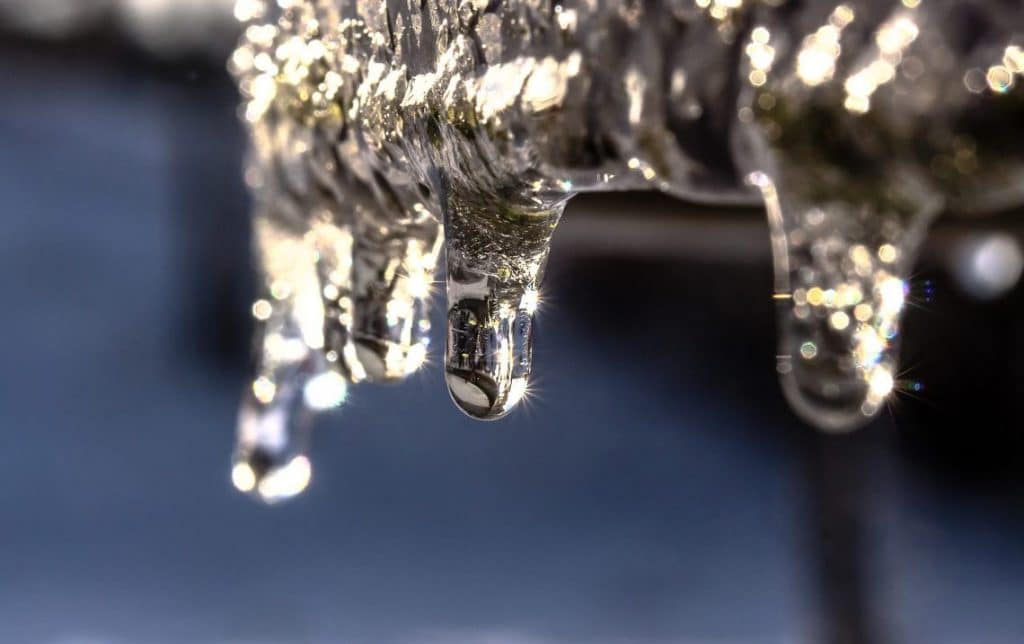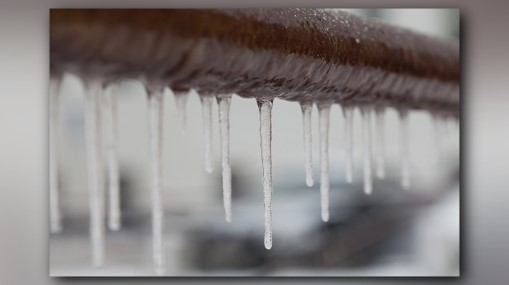Important Tips for Preventing Frozen Plumbing in Cold Weather Seasons
Important Tips for Preventing Frozen Plumbing in Cold Weather Seasons
Blog Article
This great article following next on the subject of Preventing and dealing with frozen pipes is exceedingly enjoyable. Read it for your own benefit and decide what you think about it.

Winter can damage your pipes, especially by freezing pipelines. Right here's just how to prevent it from taking place and what to do if it does.
Introduction
As temperature levels drop, the danger of icy pipes boosts, possibly resulting in pricey repairs and water damage. Comprehending exactly how to stop icy pipes is essential for house owners in cool climates.
Avoidance Tips
Protecting susceptible pipes
Cover pipelines in insulation sleeves or use warm tape to protect them from freezing temperature levels. Concentrate on pipelines in unheated or outside locations of the home.
Home heating strategies
Keep interior areas properly heated up, specifically areas with plumbing. Open cabinet doors to enable warm air to distribute around pipelines under sinks.
Exactly how to recognize icy pipelines
Seek lowered water circulation from taps, uncommon odors or noises from pipes, and visible frost on exposed pipes.
Long-Term Solutions
Architectural changes
Take into consideration rerouting pipelines away from exterior wall surfaces or unheated locations. Add extra insulation to attic rooms, cellars, and crawl spaces.
Upgrading insulation
Invest in high-grade insulation for pipes, attic rooms, and walls. Correct insulation helps preserve regular temperatures and minimizes the risk of frozen pipelines.
Protecting Outside Pipes
Yard hose pipes and outside taps
Disconnect and drain yard hose pipes prior to winter. Install frost-proof spigots or cover outside taps with shielded caps.
Understanding Frozen Pipes
What triggers pipes to freeze?
Pipes freeze when subjected to temperature levels listed below 32 ° F (0 ° C) for prolonged durations. As water inside the pipes ices up, it expands, taxing the pipe wall surfaces and potentially causing them to rupture.
Threats and problems
Icy pipelines can cause water supply disruptions, property damage, and costly fixings. Ruptured pipes can flood homes and cause comprehensive structural damage.
Indicators of Frozen Piping
Recognizing frozen pipes early can stop them from rupturing.
What to Do If Your Pipes Freeze
Immediate activities to take
If you presume frozen pipelines, keep faucets open up to ease pressure as the ice thaws. Use a hairdryer or towels taken in hot water to thaw pipelines slowly.
Verdict
Avoiding icy pipes needs proactive steps and fast reactions. By recognizing the causes, indications, and safety nets, homeowners can safeguard their pipes during winter.
6 Proven Ways to Prevent Frozen Pipes and Protect Your Home
Disconnect and Drain Garden Hoses
Before winter arrives, start by disconnecting your garden hoses and draining any remaining water. Close the shut-off valves that supply outdoor hose bibs and leave the outdoor faucet open to allow any residual water to drain. For extra protection, consider using faucet covers throughout the colder months. It’s also important to drain water from any sprinkler supply lines following the manufacturer’s directions.
Insulate Exposed Pipes
Insulating your pipes is an effective way to prevent freezing. Pipe insulation is readily available at home improvement stores and is relatively inexpensive. Pay close attention to pipes in unheated areas such as the attic, basement, crawl spaces, or garage. Apply foam insulation generously to create a buffer against the cold. You can also wrap your pipes in heat tape or thermostat-controlled heat cables for added warmth.
Seal Air Leaks
Inspect your home for any cracks or openings that could let in cold air. Seal any holes around the piping in interior or exterior walls, as well as the sill plates where your home rests on its foundation. Additionally, make sure to keep your garage door closed unless you’re entering or exiting. Leaving it open creates a significant air leak that can lead to frozen pipes.
Allow Warm Air Circulation
During cold snaps, it’s essential to allow warm air to circulate evenly throughout your home. Leave interior doors ajar to promote better airflow. Open kitchen and bathroom cabinets to help distribute heat consistently around the rooms. If you have small children or pets, be sure to remove any household chemicals or potentially harmful cleaners from open cabinets for safety.
Let Faucets Drip
A small trickle of water can make a big difference in preventing ice formation inside your pipes. When temperatures drop significantly, start a drip of water from all faucets served by exposed pipes. This continuous flow helps prevent the water from freezing. Additionally, running a few faucets slightly can relieve pressure inside the pipes, reducing the chances of a rupture if the water inside does freeze.
https://choateshvac.com/6-proven-ways-to-prevent-frozen-pipes-and-protect-your-home/

I am just very focused on How to prepare your home plumbing for winter weather and I really hope you enjoyed reading our blog entry. Do you know about anybody else who is enthusiastic about the niche? Do not hesitate to share it. Many thanks for taking the time to read it.
Visit Website Report this page